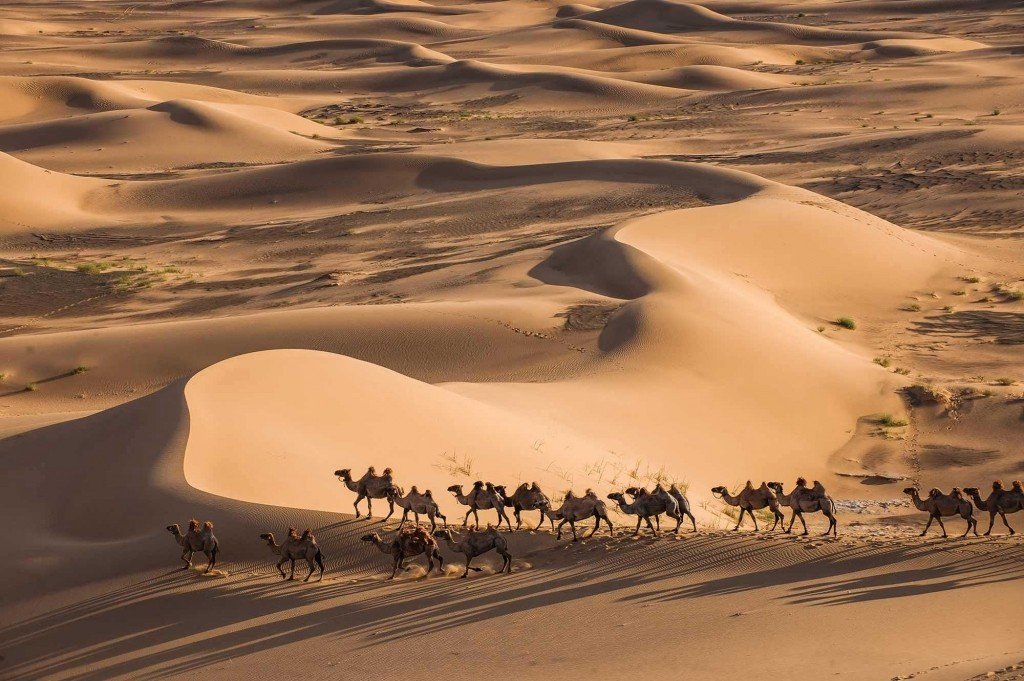ABOUTMONGOLIA
Mongolia, a vast landlocked nation covering approximately 1.6 million square kilometers, is strategically positioned between Russia and China. The country experiences a distinctive continental climate, characterized by severe, cold winters and warm, arid summers.
In response to these climatic extremes, traditional Mongolian attire prominently features luxurious furs, insulating goose-down jackets, and the world-renowned cashmere—materials that provide both warmth and elegance while reflecting the nation’s rich heritage of artisanal craftsmanship.
Central to Mongolian cultural identity is the deel, a timeless garment traditionally worn by nomadic herders. Historically, this ensemble was complemented by exquisitely crafted leather footwear and silk fabrics, symbolizing status and refined taste. Mongolian women have long adorned themselves with intricately designed accessories fashioned from gold, silver, pearls, coral, and precious stones—testaments to their enduring appreciation for artistry and opulence.
Leather footwear remains a coveted staple within Mongolian fashion, esteemed for its durability, sophisticated aesthetic, and timeless appeal. This enduring affinity underscores a seamless blend of tradition and modernity within the contemporary wardrobe.
Today, Mongolia’s fashion landscape reflects a harmonious fusion of heritage and innovation. The discerning Mongolian clientele continues to embrace elevated standards of style and luxury, integrating cultural legacy with global fashion trends to create a uniquely sophisticated expression of identity.

SEIZE THE SEASONS
The best time to go to Mongolia is from May to September. The climate of Mongolia is continental, with short, hot and rainy summers, and long, very harsh winters (average temperature of -24 °C). Because of the average altitude of the country, the temperature variations can be very important from one day to another. The country has an average of 250 days of sunshine per year. Ulaanbaatar is the coldest capital in the world. The high tourist season in Mongolia is from mid-June to mid-September. Beyond that, the temperatures are too cold....
- The current population of Mongolia is 3,434,633 as of Wednesday, June 21, 2023, based on Worldometer elaboration of the latest United Nations data.
- Mongolia 2020 population is estimated at 3,278,290 people at mid year according to UN data.
- Mongolia population is equivalent to 0.04% of the total world population.
- Mongolia ranks number 136 in the list of countries (and dependencies) by population.
- The population density in Mongolia is 2 per Km2 (5 people per mi2).
- 67.2 % of the population is urban (2,203,469 people in 2020)
- The median age in Mongolia is 28.2 years.
